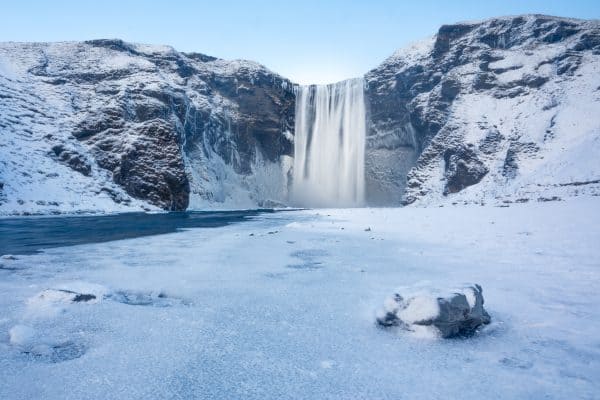The cold winter might prevent you from stocking up cans of paint for your home improvement projects. Frozen paint will really create problems. You might also spend more because of wasted paint. With proper thawing, you can still make use of frozen paint. We have researched useful tips that you can follow to make use of frozen paint.
Freezing will affect the performance of paints. The consistency, color, and odor of paint will change when subjected to very low temperatures. You can still fix frozen paint by thawing it properly to get rid of clumps. Clumping, which is present when the paint is frozen, is one sign that the paint is no longer good to use. Maintaining the right temperature and proper storage are the key ways to prevent the damages caused by freezing.
Restoring paint is quite difficult due to the chemical changes that will happen during freezing. The chemical ingredients in paints might degrade because the temperature is not suitable. There are also differences in the effects of freezing on different types of paint. Read along to know what to do when your paint freezes.
NOTE: WE MAY GET A COMMISSION IF YOU DECIDE TO MAKE A PURCHASE THROUGH THESE LINKS. THERE'S ADDITIONAL NO COST TO YOU. CHECK THE BOTTOM OF THE PAGE FOR MORE INFORMATION.
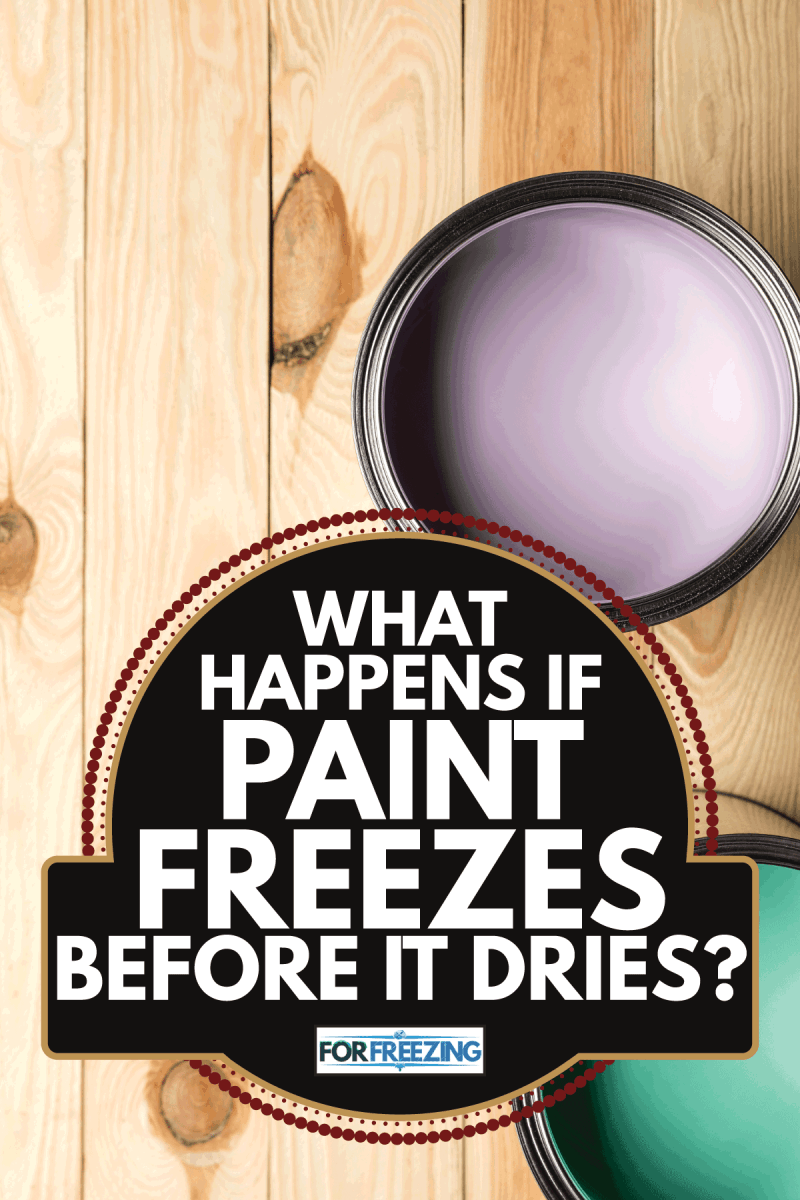
Different Freezing Points of Paints
There are different types of paint that freeze at different temperatures. Find out the usual types of paint and how freezing can affect them.
Water-based Paints
Due to its water content, water-based or latex paints will freeze at 32°F. A chemical additive called propylene glycol mixed in latex paints serves as an antifreeze agent. This chemical is usually used for automobiles. For paints, the chemical speeds up the evaporation of water before the latex particles start to clump. Even though present in latex paints, it will not be able to do its job when the paint reaches its freezing point.
Acrylic Paints
Acrylic paint is a type of water-based paint that will easily deteriorate when frozen. The freezing point of acrylic paint is at 40 °F. Freezing will damage the paint film, causing the pigment to separate. In the same way, frozen acrylic paint will affect the results of your painting.
Find out if your acrylic paints will ruin when frozen.
Oil-based Paints
For oil-based paints, these are usually made with linseed oil, which freezes at a temperature of -4°F. Due to the low freezing point, oil-based paint usually performs best when applied in cold temperatures. The slow oxidation and evaporation preserve the paint when stored in low temperatures. There are not many changes after freezing oil-based paint. Other people even freeze their oil paint and just let the paint thaw at room temperature to avoid brittleness.
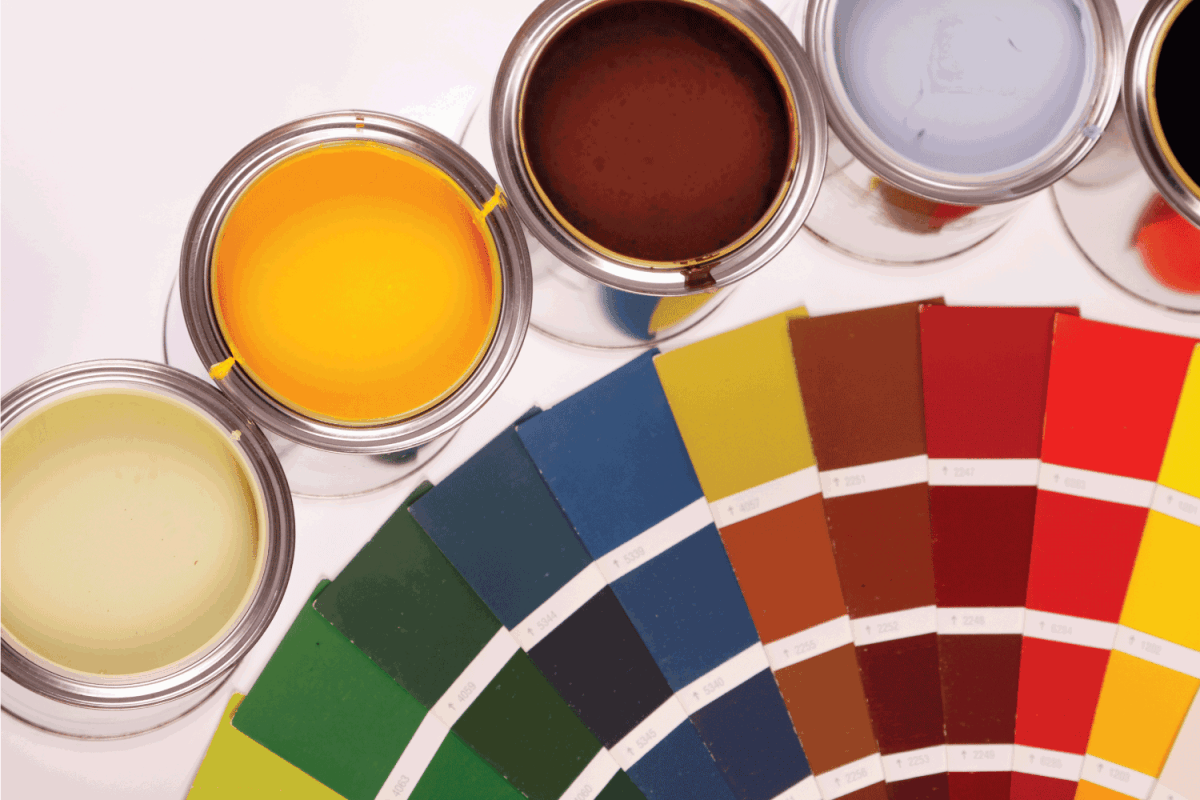
Can You Use Paint That Has Been Frozen?
Even after repeated freezing and thawing cycles, you can still use frozen paint. Of course, this will still depend on how you store the paint and the length of time you left it frozen. With the preceding conditions, you must check if the quality of the paint is still good for use. After thawing frozen paint, you can test painting some surfaces to see if the paint still works. If not, then you need to properly dispose of the paint immediately.
Does Paint Get Ruined If It Freezes?
Freezing affects the consistency of the paint. Emulsifying agents in paints might not work well when subjected to cold temperatures. Oil-based paints do not encounter major problems as these types have a lower freezing point than water-based paints. Most of the time, frozen water-based paints will have issues. There will be changes in curing time, color payoff, and odor. If there are irreversible changes in the paint, you might need to spend again to buy new paint.
How To Tell If Your Paint Has Gone Bad
Even before trying to fix the paint, there are clear signs that your paint is not good to use anymore. Below are the common signs that your paint has gone bad.
- Visible changes in color (i.e. pigment becomes pale and not bright)
- Paint emits a foul or rancid odor
- Clumpy or stringy consistency instead of a smooth texture
- Paint does not flow easily
- Water spotting
Both oil or water-based paint is hazardous to the environment. If there is no hope in reviving the paint, properly dispose of the paint by either:
- letting it dry on newspaper,
- mixing with cat litter, or
- giving it to paint recycling centers in your area.
Check out on how to properly dispose of your paint.
Can You Fix Paint That Has Been Frozen?
Whether water- or oil-based, you can still fix frozen paint. The process of restoring the paint for use is similar. Although alike, water-based paints can have more deterioration than other types of paint. If you stored the paint for a longer time, there is a low chance that the paint can still work as usual. Here are several steps that you can follow that can revive your paint.
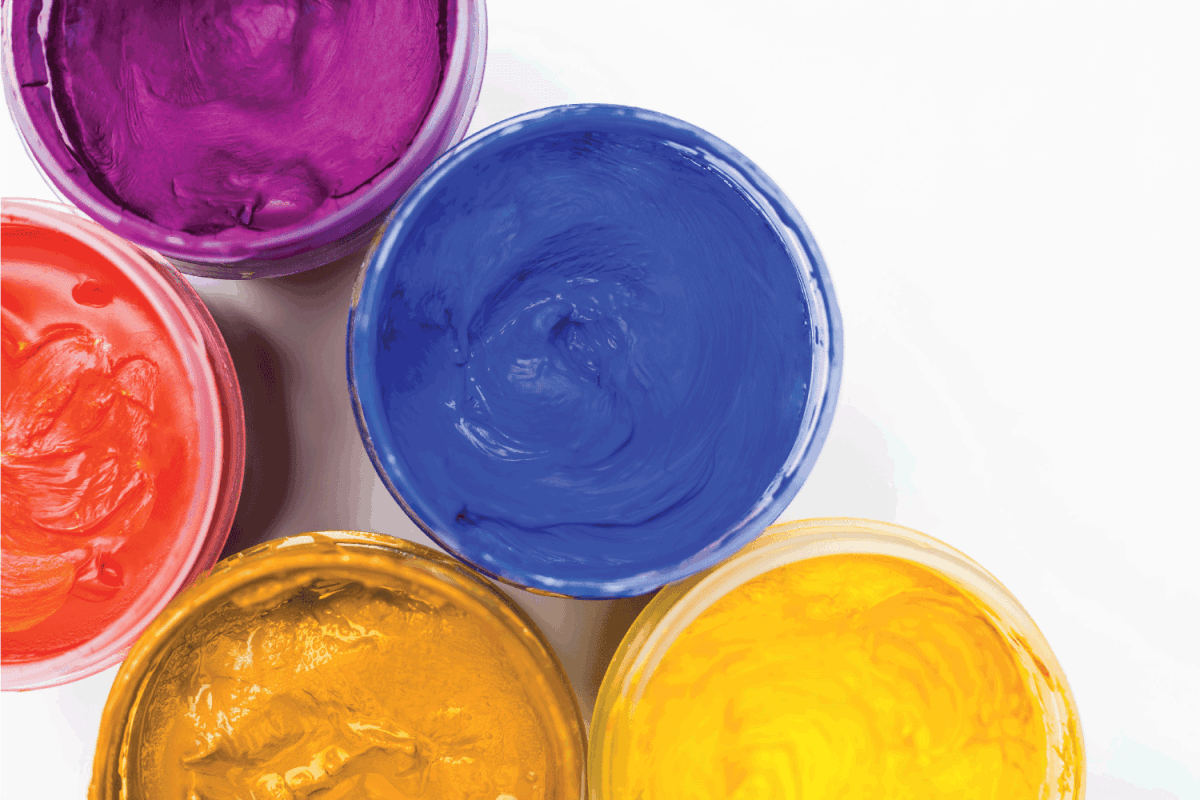
How To Revive Frozen Paint
You can revive paint on your own or let your paint center remix it for you. If you want to do it on your own, here are the steps you need to follow:
- Let the paint thaw at room temperature. Do not add more heat to hasten the process.
- Stir the paint thoroughly. Make use of a paint mixer drill attachment if available.
- Dip a wooden stick and check if the paint flows well back to the container. Check if it runs off smoothly or if there are any clumps in the paint.
- If the paint is not improving, strain the paint using a strainer to remove the clumps.
- If none of the above steps is successful, dispose of the paint.
It is important to realize that preventing the paint to freeze is still better than spending time fixing frozen paint. It starts with the proper handling of paint containers. When opening the lids of paint cans, make sure that there will be no dents that deform the can. As much as possible, there must be no moisture that can go inside the paint can. When temperatures are low, the paint can have clumps that will ruin its consistency. Open paint cans properly with a paint key and seal them back using a rubber mallet.
Likewise, the correct storage will prevent your paint from freezing. If you do not want to worry about stocking up during the colder months, store paint in the basement or at the bottom of a cabinet. Paints are best stored in temperatures ranging from 60 to 80 °F. It is not suggested to store paints in the garage where the temperatures can get easily cold.
What Temperature Is Best To Paint Indoors?
If planning to paint indoors, the best temperature of the surfaces must be above 50°F. You can set up your thermostat's temperature at above 50°F (but not as high as 95°F!) while painting and leave the temperature that way for 36 hours thereafter.
Especially during the winter, the surface might remain cold even if the area is already humid. You can use a heat gun or any heating device like a hairdryer to heat up the surface to the right temperature. It is necessary that the surfaces are at the right temperature in order that the paint will work well.
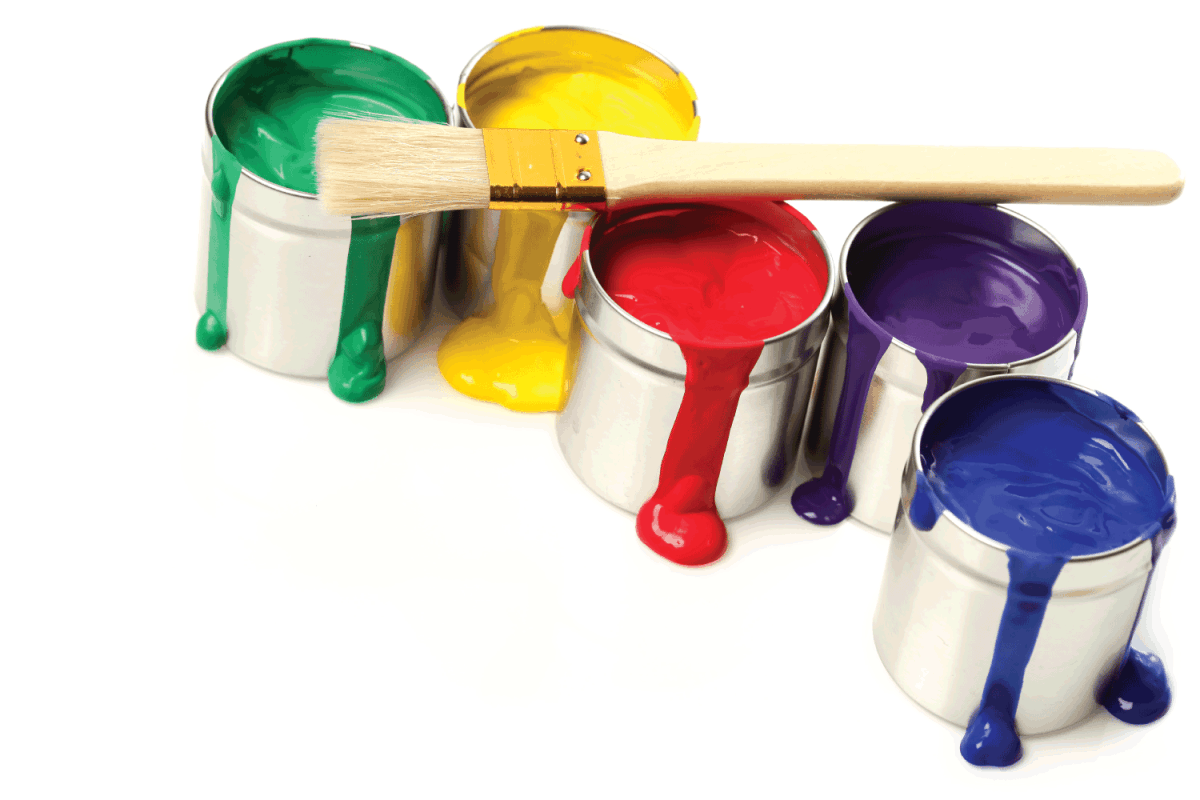
What Is The Best Time To Paint House Exterior?
The best time you can paint your house exterior is during early summer or autumn. The minimal rain and temperature fluctuations allow proper drying of the paint. Choose a day that the temperature is between 60 to 80°F and there is not much wind. Also, do not forget to avoid painting in extremely hot weather. There might be clumps of paint that can stick on the brush, which will affect the texture of the painted surface. For this reason, the best temperature at which you can use your paint is around 50-85°F.
Aside from the right temperature of the surface, the paint, and the surroundings, you must also avoid long exposure to the sun. Paint where there is a shade to avoid direct exposure from the sun. You also need to prioritize your own safety when doing improvements to your home.
In Closing
The cold temperatures during winter make paints frozen. There will be changes in texture, color, and odor even before frozen paint defrosts. Most of the time, thawing and stirring can easily restore the paint and ready for use. Sometimes, straining some clumps that form during freezing can also bring back the paint. After checking if the paint is still usable, it is best to properly throw unusable paint. The correct temperature where you wish to paint is also important to get a smooth finish.



